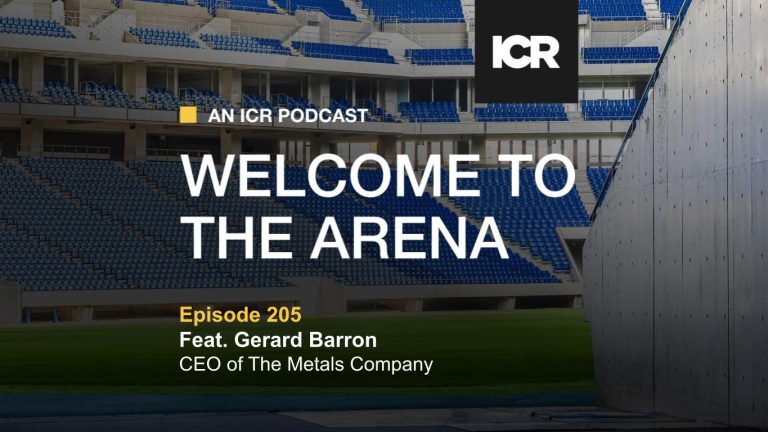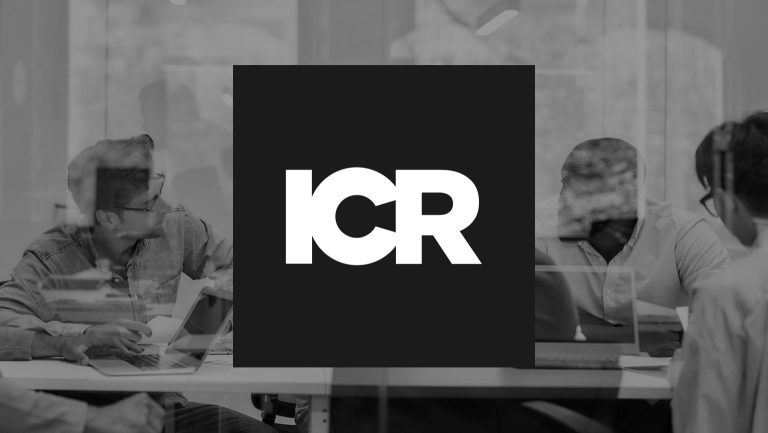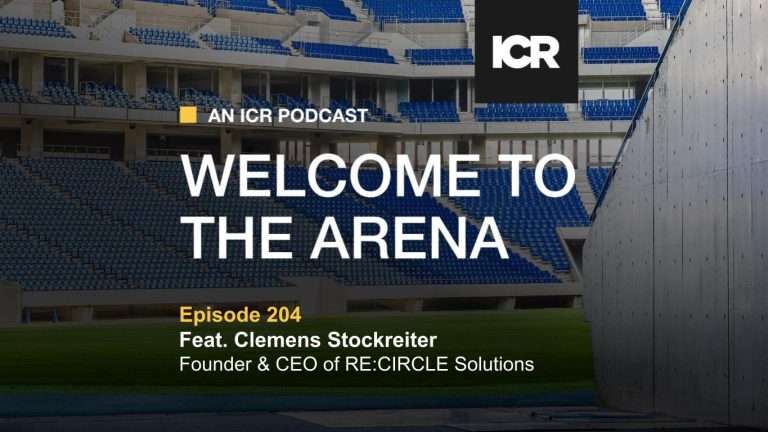Picture this: A late-stage private-company CEO slips into a hotel-suite small group meeting at an overcrowded investor conference, greeted by three portfolio managers already scrolling through two years of his KPIs. The mood is less “nice to meet you” than “final-round interview.” Before he’s even poured a coffee, the buy side is pressing for an 18-month playbook that carries the business from private promise to public proof. That scene sums up today’s IPO reality: investors expect a working relationship—and demonstrable execution—well before an S-1 ever sees daylight, and they judge management against that yardstick the moment the ticker goes live. Management teams need a robust post IPO IR plan and calendar to make sure that early interest evolves into ongoing and long-term demand.
Start the Courtship Early—or Play Catch-Up Later
Institutional investors now expect multiple touchpoints—typically three to four—before committing fresh capital to a new listing. Crossover funds often begin the dialogue 12–24 months pre-IPO so they can watch management “hit the marks” quarter over quarter, according to ICR Investor Access data and insights. Historical deal records back this up: many recent U.S. IPOs logged at least two formal, non-deal meetings with large mutual funds before the first confidential filing. Bottom line, testing the waters has gone from exploratory privilege to baseline requirement.
That appetite extends beyond public-company calendars. At Substantive Research’s Unbundling Uncovered New York gathering this spring, many broker-relations professionals I’ve known for years asked my team for the same thing: introductions to late-stage private companies. Their view is straightforward—conference rosters for public issuers are saturated, whereas fresh alpha increasingly lies in firms that haven’t yet filed an S-1. For newly public (or soon-to-be public) teams, the implication is clear: your future shareholders are already mining the private market, so engaging them early lets you shape the narrative while they are still building conviction.
Treat those early conversations as the first chapter of your investor relations story—not a separate book—and you arrive at the listing with an audience that has been primed, vetted, and ready to allocate on day one.
Credible Management Keeps Investors Through Volatility
Data from recent allocations show that the most durable IPO share registers balance two investor cohorts: long-only funds that typically add in the aftermarket, and multi-manager hedge fund platforms that can inject day-one liquidity. Both groups are gravitating toward issuers with improving unit economics and FCF characteristics or clearly defined levers to reach break-even, not blue-sky narratives. That preference has fueled a rise in crossover rounds held six to twelve months before listing, giving institutions a chance to secure meaningful stakes at private valuations while pressure-testing management forecasts in real time.
Insights shared during ICR’s recent closed-door session with a leading hedge fund corporate access team underscore the point. Today’s hedge funds expect the same cadence of updates and level of disclosure as long-only peers, rewarding management teams that tackle operational challenges head-on. Skipping them in the private phase risks leaving sophisticated, liquidity-providing shareholders on the sidelines, yet too many conferences and marketing engagements leave investors questioning management’s priorities. The overall takeaway here is, cultivate hedge fund relationships early and selectively, pairing them with sticky long-only money to build a resilient post-IPO base.
Conferences, NDRs and a Shrinking Middle Ground
Conferences remain the workhorse of investor access. According to data from the NIRI 2024 Annual Conference, as well as personal interviews with sell-side desk heads, conference participation is 51 percent higher than in 2019, and for some issuers, the vast majority of all investor interactions now occur on conference sidelines. At the same time, the number of traditional non-deal roadshows has contracted, clustering around New York, Boston and San Francisco as buy-side travel budgets stay lean.
The lesson for newly public companies is simple: lock in high-value conference slots at least six months ahead and build slender, purpose-built roadshows around them rather than cramming ten cities into a single sprint. And choosing the right investor conference matters. Each draws a different crowd, and many investors attend the same events year after year. Matching your targeting strategy to the attendee base can improve engagement.
Coach the C-Suite—Then Coach Them Again
By the time a company rings the bell, every executive who faces investors should sound like a seasoned public-company officer. That means:
-
A crisp “why now” narrative. Investors respond best when IPO proceeds are clearly linked to concrete growth initiatives—new capacity, product rollouts, market expansion—not generic balance-sheet tune-ups.
-
Fluency on the path to profitability. Sophisticated funds focus less on this quarter’s loss and more on the mathematics of unit-economics turning positive.
- Consistent guardrails. Quiet-period rules prohibit hype; so practice concise answers that survive compliance review.
Mind the Compliance Tripwires—Know Your Quiet Periods
- Pre-filing “cool-off.” From the moment senior counsel green-lights work on the S-1, treat all public remarks—conferences, panels, press—as if the SEC is listening. Stick to factual, historical data; no projections, no valuation talk.
- Waiting period (registration on file). After the Form S-1 lands, testing-the-waters meetings arranged by the banks are allowed, but external marketing must pause. Avoid new conference appearances unless underwriter counsel agrees they qualify as ordinary-course communications.
- 25-day post-pricing research blackout. Underwriters can’t publish research for 25 calendar days after the offering. Management should mirror that restraint by declining conference slots, roadshows or TV hits until the window clears. Routine fact-based updates (e.g., product launches already in the prospectus) are fine, but anything forward-looking risks gun-jumping scrutiny.
- Reg FD from day one. Once public, material information must reach everyone at the same time. That means scripted remarks, webcast access and no side-channel disclosures, even in 1-on-1s.
Life After Listing: The Real Work Begins Post IPO
Investor outreach should accelerate, not pause, after day one. The right partner can help maintain that momentum by leveraging its private-company network and sell-side partnerships to slot management into targeted small-group calls and “private access” days in the run-up to pricing, into the crossover round and, ultimately, the IPO roadshow.In order to execute that flawlessly, management teams need a robust post-IPO IR plan and calendar—spanning the first 12 to 18 months—to surface new buying interest before potential sell-downs by PE or VC holders. This is the very playbook ICR’s integrated IR/PR team, together with its Investor Access network, is built to deliver and reinforce. Mapping a deliberate calendar—with the guidance to convene your highest-conviction investors at conferences and roadshow stops—is imperative to turning early interest into durable demand. Firms that follow this cadence tend to build broader coverage lists and dampen early volatility, offering them critical advantage given the liquidity drought that can follow smaller offerings.
Learn how ICR Investor Access can help your management team skillfully navigate the critical post-IPO period to drive early buying interest and long-term demand. Get in touch.



